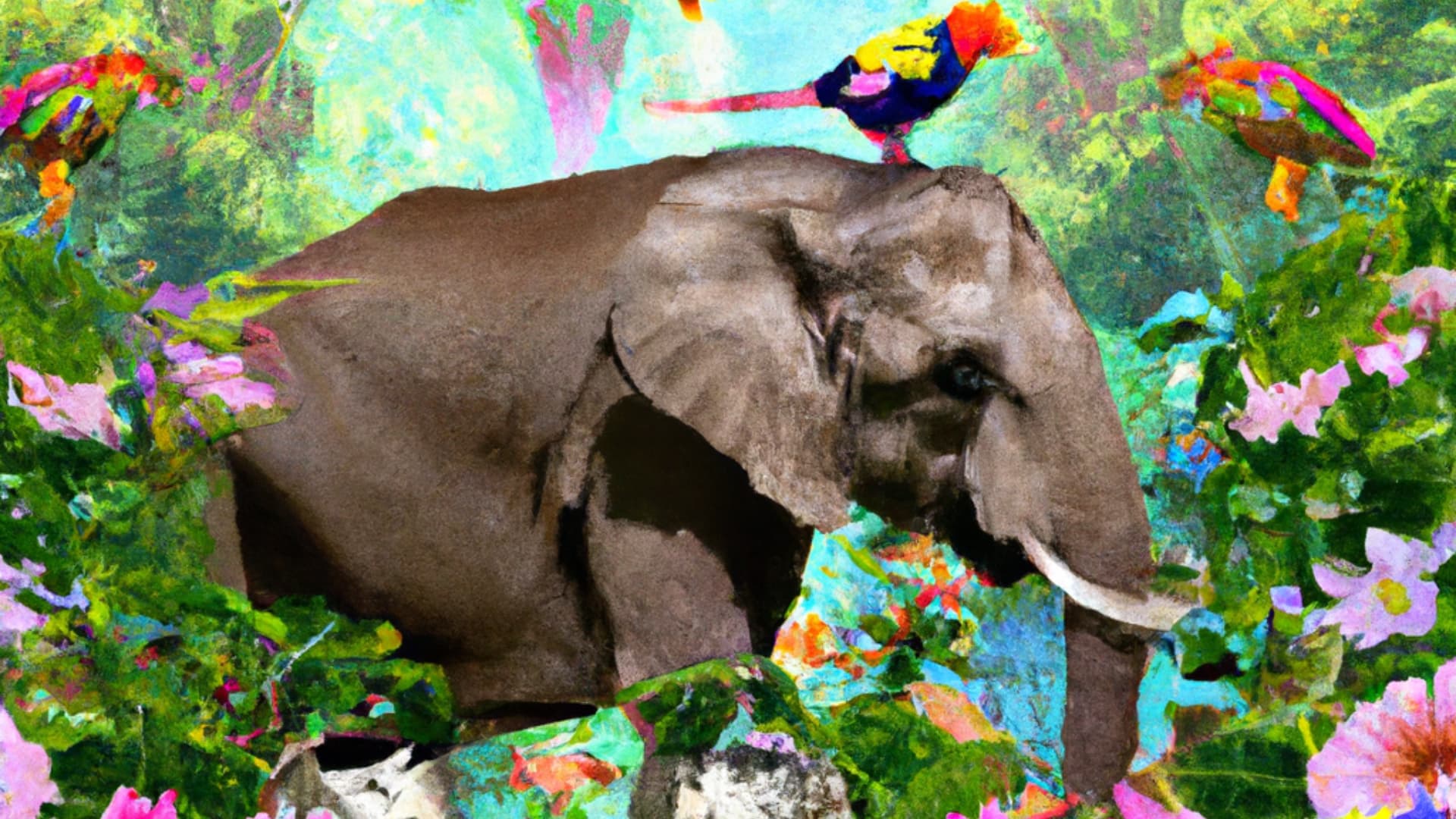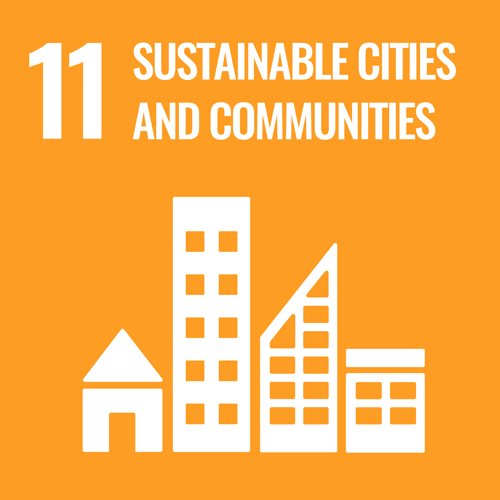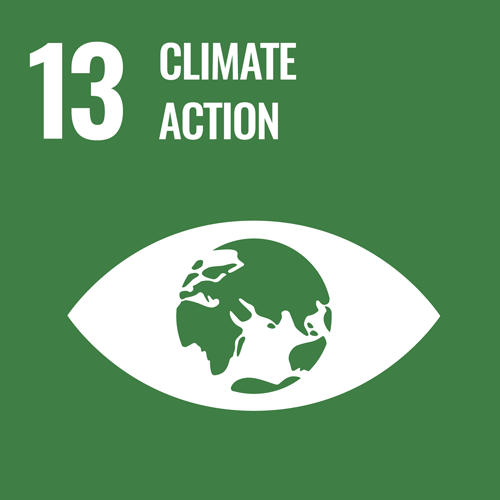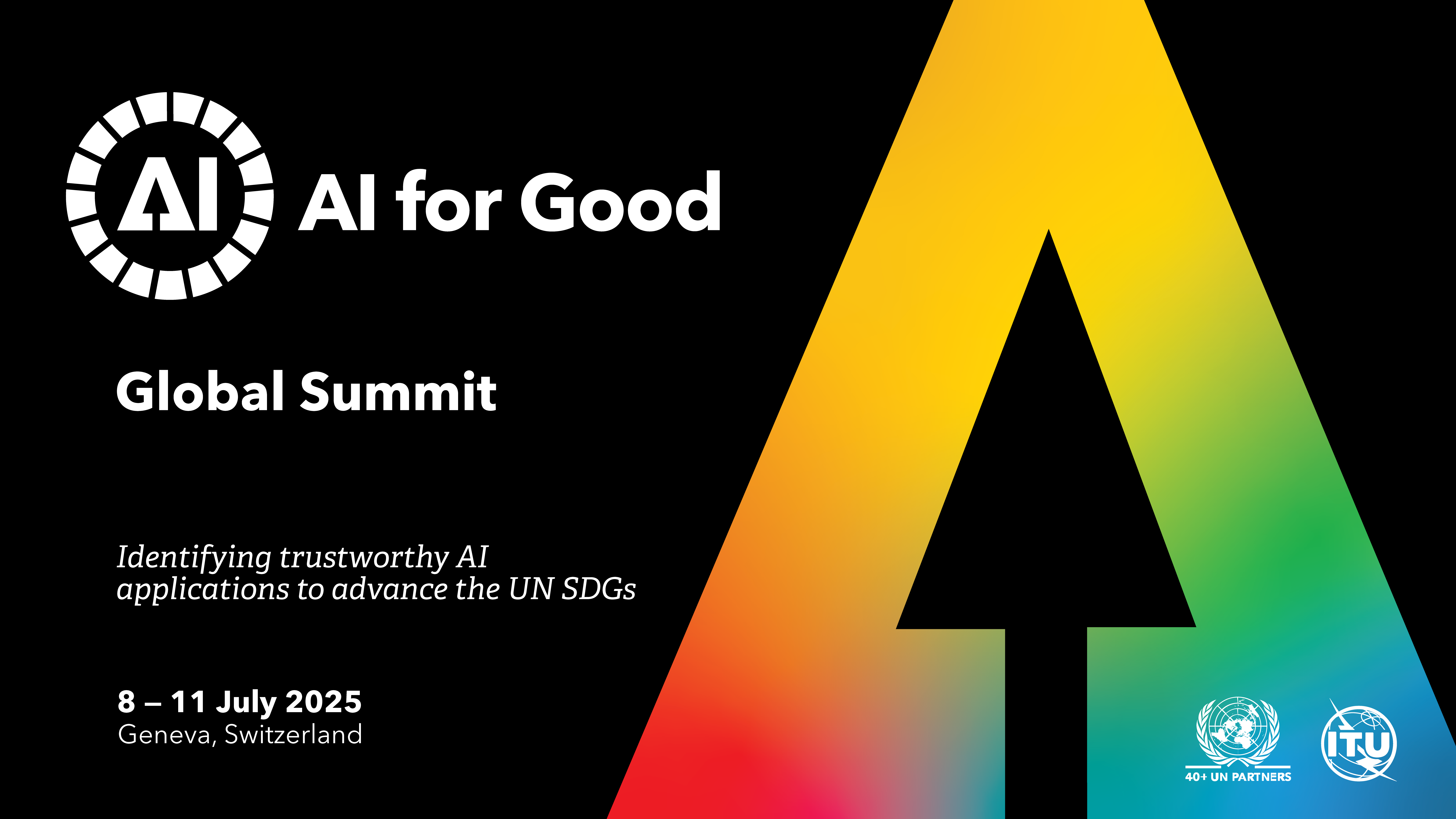According to the Intergovernmental Panel on Climate Change (IPCC) report released in last year, global warming increasingly threatens ecosystems and species, and is expected to have severe and widespread impacts on global biodiversity.
“We are in the middle of the sixth extinction,” says Tanya Berger-Wolf, Professor at The Ohio State University.
As the world is losing species at an unprecedented rate, experts face the challenge of finding out what species are in danger and at what rate they are declining. However, the conservation status of monitored species is often data deficient. For example, The International Union for Conservation of Nature (IUCN), also called the “biodiversity monitor of the world”, tracks around 160 000 species, but lacks data for about 20 000 of them.
Apart from the problems linked to data collection, experts also face the challenges of data interpretation. This process, being mostly executed by humans, is very costly and time consuming, and therefore not effective because experts lack time and resources. Moreover, experts are concerned about misuse of information regarding climate change on the Internet.
Using AI solutions to help species conservation
Scientists are looking for solutions to better monitor our planet’s biodiversity and support climate action. Artificial Intelligence (AI) technologies are useful to scale current solutions as well as innovate with new approaches reaching across time and space. These innovations were highlighted in a recent AI for Good webinar hosted in partnership with the Monash Data Futures Institute.
“AI has a lot to contribute to biodiversity” says Bernd Meyer, Associate Dean at the Faculty of IT at Monash University.
Leveraging AI technologies to support species conservation can help solve the problem of data scarcity by easing collection, connection and interpretation of data. It offers opportunities at every stage of the process of supporting biodiversity. From collecting and interpreting data to making predictions about the species dynamics, it can bring attention to before unforeseen patterns in species survival and population numbers.
Watch the full AI for Good Webinar to find out how we can harness AI as a tool at the intersection of species conservation and climate change.
AI image recognition: Conservation efforts meet machine learning
Data deficiency has been identified as the urgent pressing issue in saving the world’s biodiversity. To tackle down this challenge, machine learning software can be used to collect images around the Internet. The conservation software non-profit Wild Me created an intelligent agent that scans social media for videos of wild animals. This AI is set to search through publicly posted social media posts for finding videos that contains species of interest. It then finds the frames containing the animal and sends them through an entire pipeline of image processing and add the identified image to the appropriate page in its database.
The AI bot then generates a message in the comments of the video to inform the owner that the images are being used for species conservation. This action can get more people more involved in the citizen science project, and they can send other pictures of the animal they have taken.
This application of AI shows that AI helps create the global picture of species by connecting not only experts, but ordinary people to the wildlife and by getting them involved into species conservation.
Recent developments in computer vision using AI, and machine learning (ML) now make it possible to better interpret the images that are collected in the biodiversity monitoring databases and to make them useful for biologists and conservation managers.

Millions of images can now be processed by a series of neural networks and matching algorithms that detect the animal in the image, localize it, and classify which species it is. The ML model is also able to make predictions and identify individual animals by analyzing key points extracted from the animal in the picture, compare it to similar individuals in the database and decide which animals are the most likely matches.
Improved decision making and detection of misinformation
AI solutions can also help conservation managers to manage species in the best way possible, which means understanding what threat to manage as well as when and where to do so. In this way, AI could also step in the process of decision making. AI technologies can process information much faster than humans, so implementing them can facilitate decision making. It would also reduce the costs of the process as human labor is much more expensive.
“Misinformation can get halfway around the world before the truth has a chance to put its pants”, said John Cook, postdoctoral research fellow with the Climate Change Communication Research Hub at Monash University.
Misinformation is a real challenge for climate action, and the increasing use of social media by climate deniers can make the problem bigger. The solution to this problem is detecting and factchecking the information in real time before it has the time spread around the world, but it is a difficult task.
Using AI technologies could be a solution to misinformation about climate change. John Cook explains that it is now possible to use machine learning to detect climate misinformation. By taking examples of misinformation, a machine can be trained to detect the different types of climate misinformation, in order to identify and flag it as it goes online.
Algorithms co-created for the people and the planet
A key characteristic of these solutions is that they need to be trusted by the people who will use them. If people don’t trust the data that is coming from the algorithms deployed, these will be useless.
“The future is all about helping conservation managers around the world, adopting this AI tech to help them make better decisions for conservation” said research scientist with the Commonwealth Scientific and Industrial Research Organisation (CSIRO) Iadine Chades.
Creating solutions not only for the people whom they benefit, but with these people is fundamental. Experts should account for expertise and include it in the models to co-cocreate solutions that are trustworthy, understandable, and interpretable, in order to make the conservation managers use them.
Be sure to register for the upcoming session on Climate, Earth Science and Sustainability at AI for Good



















